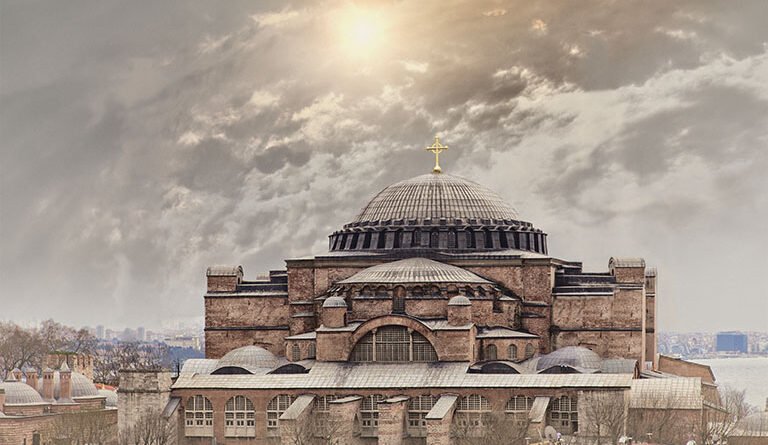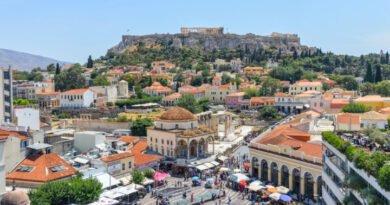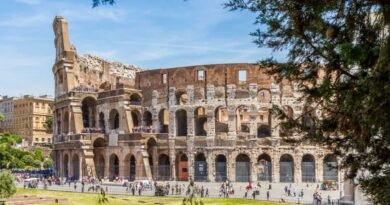Exploring the Rich History and Significance of Hagia Sophia: From Church to Mosque to Museum and Back Again
Hagia Sophia is one of the most iconic landmarks in Istanbul, Turkey. This architectural masterpiece has been an important cultural and religious center for centuries, serving as a church, mosque, and now a museum. Its history is rich and complex, with many layers of meaning and significance.
Table of Contents
Hagia Sophia Church
Hagia Sophia was first built in 537 CE by the Byzantine Emperor Justinian I. It was intended to be a Christian church, and it remained so for almost a millennium. Hagia Sophia was the largest cathedral in the world for almost a thousand years, until the completion of the Seville Cathedral in 1520. The Hagia Sophia church was known for its impressive size and innovative design, which included a massive dome that seemed to float above the building.
The interior of Hagia Sophia was decorated with intricate mosaics and frescoes, many of which depicted scenes from the life of Jesus Christ. The church also housed many relics, including the crown of thorns and the shroud of Jesus Christ. The wealth and prestige of Hagia Sophia made it a target for many invaders, and the church was often pillaged and damaged.
In 1453, Constantinople was captured by the Ottoman Empire, and Hagia Sophia was converted into a mosque. The Ottomans added minarets to the exterior of the building, and many of the Christian symbols were covered or removed. The interior was also decorated with Islamic motifs, including calligraphy and geometric patterns.
Hagia Sophia Museum
In 1935, Mustafa Kemal Ataturk, the founder of modern Turkey, converted Hagia Sophia into a museum. The Christian mosaics and frescoes that had been covered during the Ottoman period were restored and uncovered, and the building was opened to the public as a museum.
For almost 90 years, Hagia Sophia remained a museum, attracting millions of visitors from around the world. However, in July 2020, the Turkish government announced that Hagia Sophia would once again become a mosque, sparking controversy and international condemnation.
Hagia Sophia Tickets
If you are planning to visit Istanbul, a visit to Hagia Sophia is a must. You can purchase Hagis Sophia Museum tickets for online or at the ticket office near the entrance. The museum is open every day except for Mondays and religious holidays.
When you enter Hagia Sophia, you will be struck by the grandeur and beauty of the building. The massive dome seems to hover over the space, casting a warm light over the interior. The walls are decorated with mosaics and frescoes that depict scenes from Christian history, as well as Islamic calligraphy and motifs.
One of the most impressive features of Hagia Sophia is the mihrab, which is a niche in the wall that indicates the direction of Mecca. This is an important feature of mosques, and it was added to Hagia Sophia when the building was converted into a mosque in the 15th century.
Another highlight of Hagia Sophia is the Weeping Column, which is said to have the power to heal. Legend has it that if you put your finger into the hole in the column and it comes out wet, you will be cured of your ailments.
Hagia Sophia is a truly remarkable building, and a visit to this historic landmark is an unforgettable experience. Whether you are interested in Christian history, Islamic art, or simply admire great architecture, Hagia Sophia is a must-see destination.
Conclusion
Hagia Sophia is a symbol of the rich and complex history of Istanbul. Its many layers of meaning and significance make it an important cultural and religious center, and its stunning beauty and innovative design continue to inspire visitors from around the world. Whether you are interested in Christian history, Islamic art, or simply admire great architecture. Keep visiting Travel World Fashion for more such interesting travel content.




